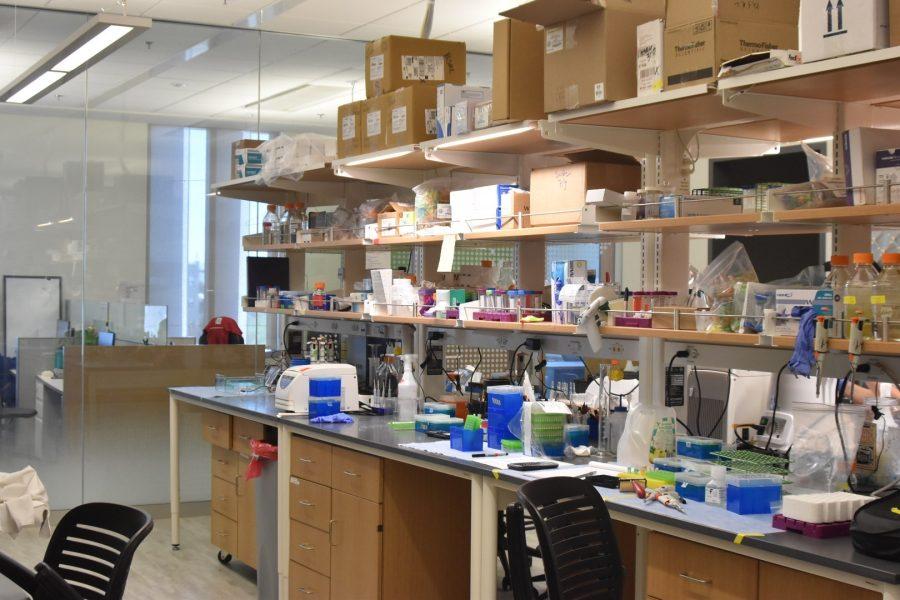There is a long history of inequalities and glass ceilings for women in the science, technology, engineering and mathematics workforce.
According to the U.S. Census Bureau, women made up 27% of STEM workers in 2019, up from the 8% they made up in 1970 but were still vastly underrepresented. On the other hand, men make up 52% of all U.S. workers but 73% of STEM workers.
The Daily Wildcat talked with four female professors at the University of Arizona in the STEM field to get an up-close look at their career and the advice they have for future generations of women in STEM.
Monica Kraft
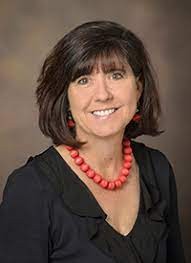
Kraft is a professor and a chair in the Department of Medicine. She is also a deputy director at the UA Health Sciences Asthma and Airway Diseases Research Center and a contact principal investigator at the Banner Health All of Us research program. She has been at the University of Arizona Health Sciences Center since 2015.
Daily Wildcat: Did you encounter any obstacles when you entered the field because of your gender?
Monica Kraft: I’m in a very male dominated field … . There aren’t as many women, although now there are many more women in pulmonary critical care than when I started out. When I was in my fellowship, there were six fellows a year and I was the only woman. I had to seek advice from wise mentors; both men and women helped me navigate some of these situations. I would say they weren’t the majority, but it definitely happened and it still happens today, so it’s just something to sort of be aware of. Especially as you move up into the higher levels of leadership, it’s still there.
DW: Do you still see some of the same gender issues that you had to deal with?
MK: It’s gotten much, much better. I think that certainly as young women are moving into the sciences, there’s really a desire to embrace that. I would say [with] women and students of color, there’s just much more thought and desire to really have a diverse, diverse investigative pool, if you will. We just want diverse investigators because I think they bring diversity, and diversity brings really, really interesting opinions [and] ideas to the table and it only enhances sciences.
DW: What advice do you have for women who are thinking of getting into the STEM field?
MK: Find your passion, and don’t be afraid to go for it. And really, if you’re able to, create a mentor team for yourself. It used to be we always chose one person if our mentor team needed it, and certainly, depending on the situation you’re in, then you can have those go to people to talk about. They’re going to be men and women to talk about career development versus maybe a mentor for your particular scientific path versus somebody completely out of the field that can help you with even the work-life balance of trying to really create and sustain a career in science because that takes a little thought to get it right.
Carol C. Gregorio
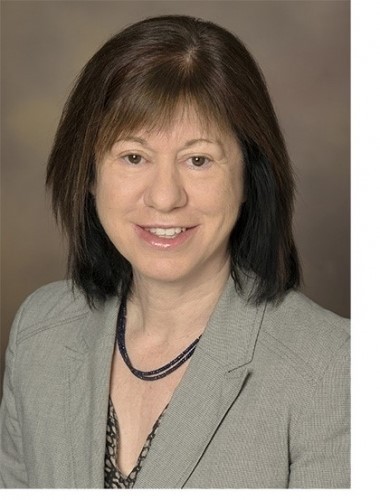
Gregorio is a professor and department head of Cellular and Molecular Medicine. She is the co-director of the Server Heart Center and director of the Molecular Cardiovascular Research Program. Additionally, she is the assistant vice provost of Global Health Sciences and a director at UArizona Health Sciences Global and Online.
DW: What motivated you to get into this field of science and do all the work that you have done and contributed to?
Carol Gregorio: I’ve always loved science. I just love knowing how things work. I’ve loved biology for as far as I can remember. It just comes down to solving questions that I find are important. I just find the problem solving part of it really fascinating and being able to use state of the art equipment and being surrounded by fantastic colleagues here.
DW: Do you have any advice for any women who are thinking about getting into the STEM field or who are in the STEM field right now?
CG: Well, I hope they find it fun. It’s a tough job because you could be working for months without discovering something new, so know not to give up. If someone’s struggling, make sure that they ask for help and that they collaborate because we can’t be all experts in everything. Present data as much as possible and really seek feedback.
Reyes Sierra-Alvarez
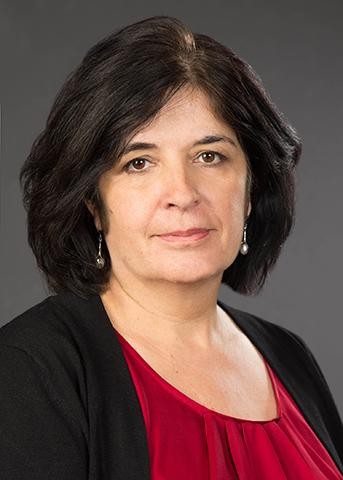
Sierra-Alvarez is a professor of chemical and environmental engineering. She got her undergraduate and masters degree in Spain but moved to the Netherlands for her doctorate in environmental technology. She’s been at the UA since 2001.
DW: What interested you to go into your field of study?
Reyes Sierra-Alvarez: I studied chemistry in undergrad and over time I became more interested in environmental sciences. I wanted to do something that was interesting and would have a positive impact on the environment, and also something that was meaningful for me.
DW: What barriers did you encounter when you first entered your field?
RSA: A lot of economic obstacles. I come from a modest family and my parents don’t have a degree [from a] university. I have six brothers and sisters, so they couldn’t pay for all of us to go to college. I was also the first female Ph.D. student in the department in the Netherlands. I’m from Spain, so there were cultural barriers — there were many differences and you had to learn how to navigate and learn the codes and rules of the country, but luckily that only took some practice.
Elizabeth “Betsy” Arnold
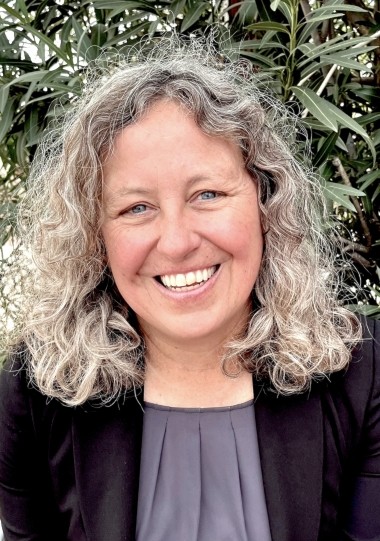
Arnold is a professor and curator at the Department of Ecology and Evolutionary Biology where she studies fungal ecology, evolution and systematics.
DW: What barriers did you encounter when you first entered the field?
Elizabeth Arnold: I am fortunate that I had excellent mentors who helped me navigate barriers. They were real — but at the same time, lower than the barriers faced by many others. So, when I think of this question, I think of my privileges and aim to help others not encounter those barriers today.
DW: Why is it important to have diversity in STEM?
EA: A positive change in STEM is the shift away from the ‘lone genius in his ivory tower’ model to an understanding that much of modern scientific work is collaborative. STEM fields do not yet reflect the diversity of our society. When STEM teams are diverse, they bring together new perspectives, different questions, and new ideas — and they have the tools to support the next, diverse generations of STEM scholars.
DW: What advice do you have for women in the STEM field?
EA: I feel that a career in STEM is one of the best jobs we can have. It’s hard but innovation, discovery, teaching, mentoring and making a difference; what could be better? There is a whole generation of us here ready to help bring the next generation of diverse scholars forward. In a sense, it’s the most important thing we can do. Please reach out to us — we are here and ready to help.
Resource for UA STEM students
The UA’s STEM Learning Center is a university-wide center that supports efforts to recruit and retain a diverse population of learners into a robust STEM pipeline, according to their website. They offer consultations for students through their website.
The center has won the INSIGHT Into Diversity magazine’s 2021 Inspiring Programs in STEM Award and the 2020 Examples of Excelencia award, both awards which highlight institutions that provide services to advance diversity, promote equality and who focus on underrepresented students graduating with a STEM degree, such as first-generation college students, transfer students, ethnic minorities and students with disabilities.
Follow the Daily Wildcat on Twitter



